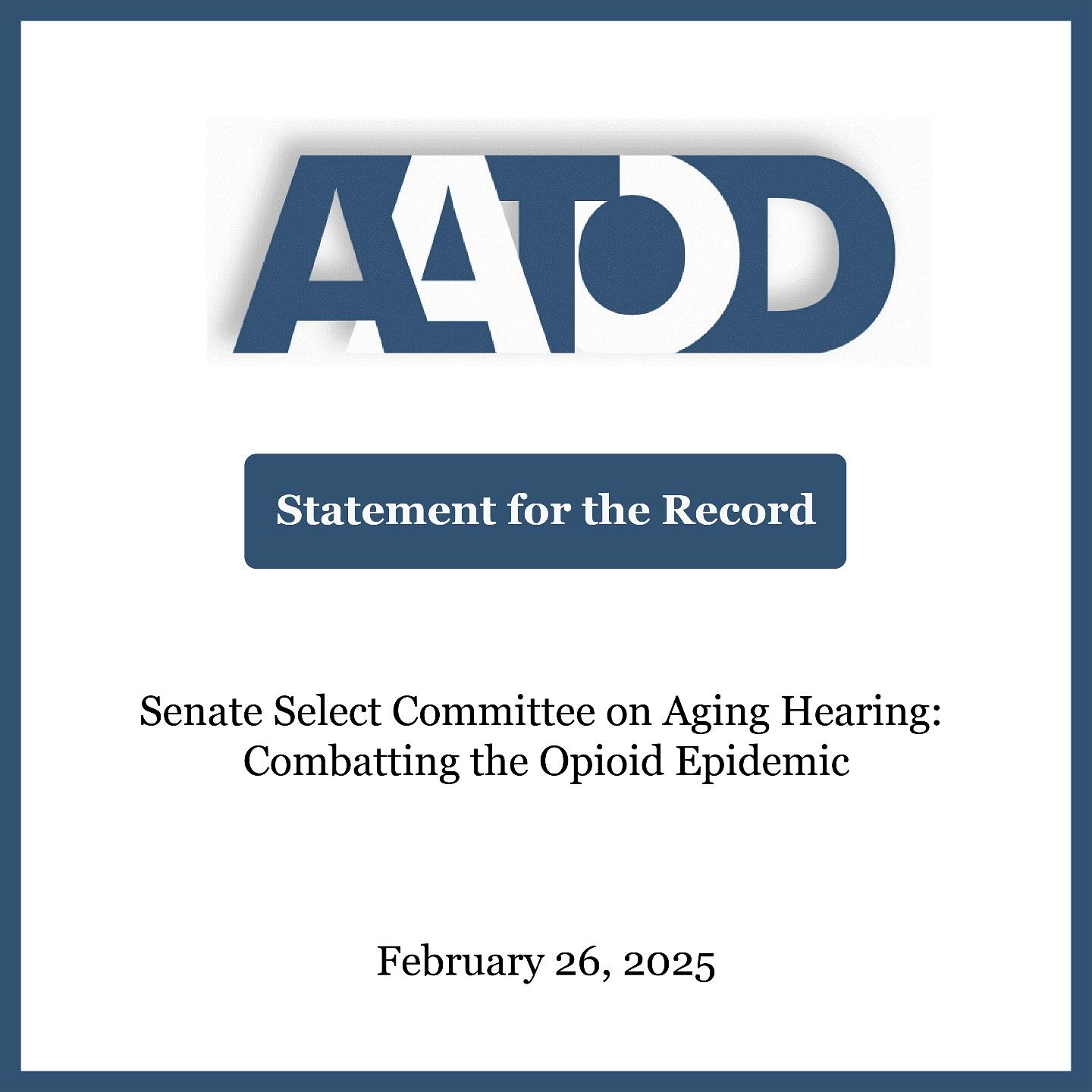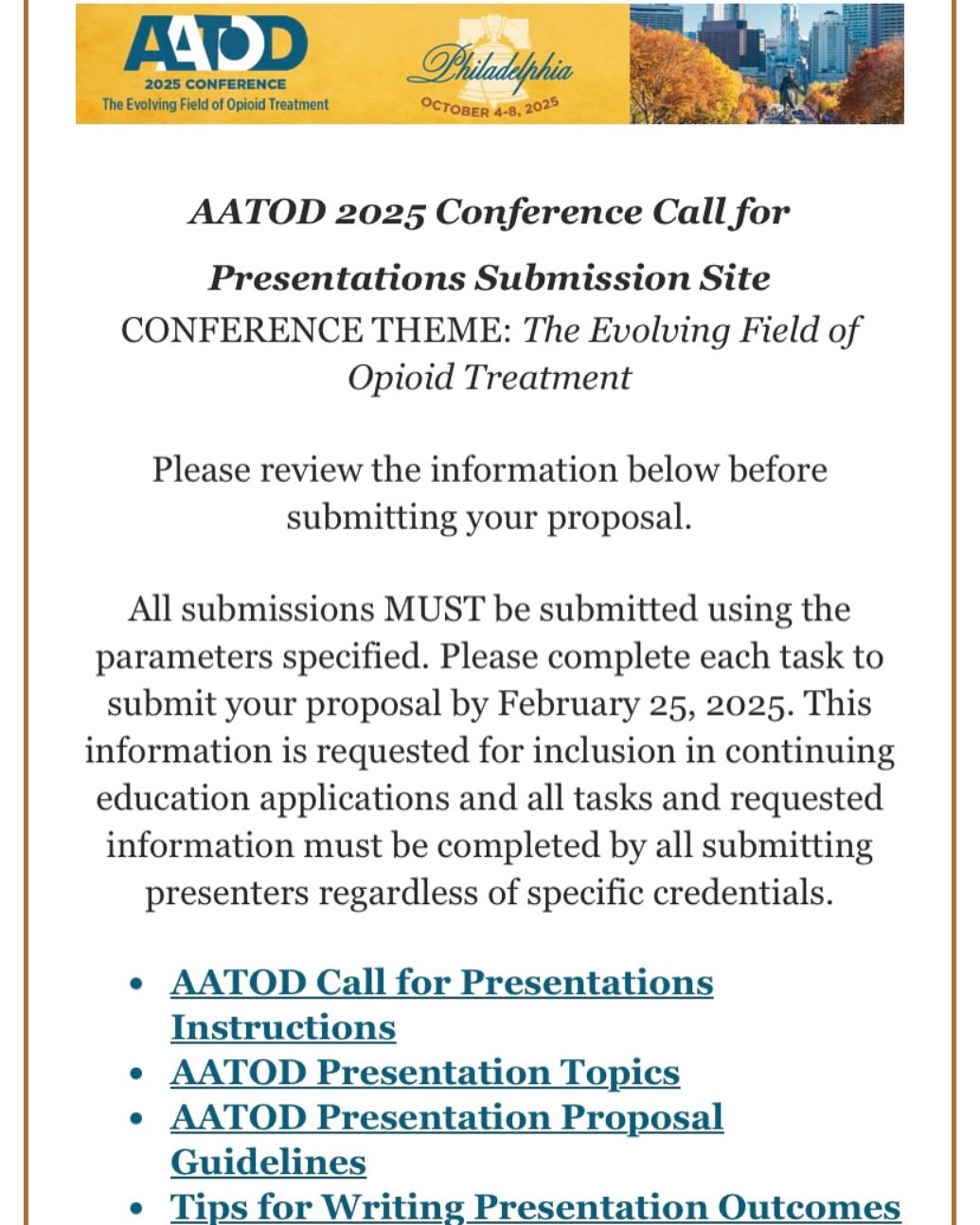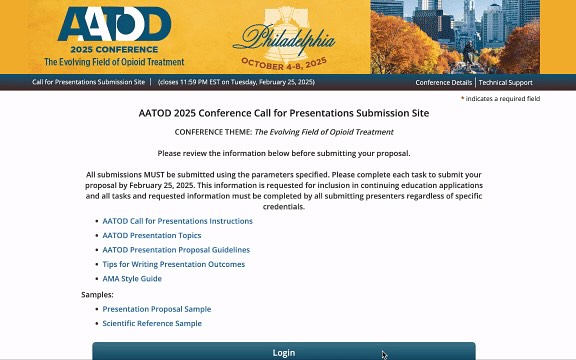As many of our associates know, OTPs are expanding throughout the United States, responding to the increasing need to access comprehensive treatment, which is the hallmark of well-run opioid treatment programs.
The AATOD Board of Directors agreed to release recommendations to the field for siting new opioid treatment programs throughout the United States, wherever they are needed.
These guidelines encourage OTP sponsors and managers to work with the surrounding community and other treatment facilities as they decide to open new treatment programs. It is imperative that OTPs work with local and state officials as a method of coordinating the opening of such treatment programs.
It took over three decades for the American public to get to the current place of a public health epidemic of opioid use and abuse and it will take years to emerge from this devastating crisis, which is claiming so many lives each day.
It is our collective hope that these guidelines will provide useful recommendations as our treatment system expands over the course of the coming years.
We would be interested in receiving any feedback that you may have with regard to these guidelines.
UNDERSERVED AREAS & EXPANDING ACCESS TO TREATMENT
- When OTPs are considering siting a new program, it makes sense to focus on areas which are underserved and where there is evidence of a high rate of opioid use (e.g. overdose rates, ER admissions, criminal justice involvement). If there are existing OTPs in a particular town or city, it also makes sense to determine if they are meeting the needs of patients in the community. Existing OTPs should be able to demonstrate that they have sufficient capacity to meet the needs of patients seeking access to care.
COLLABORATION & COMMUNICATION
- It is also recommended that the management of a newly developed OTP work with municipal, county and state administrators to be certain that they are locating programs in underserved areas.
- A number of municipalities, counties and states have specific requirements in meeting such expectations and it is recommended that OTP operators work within the structure of such systems in order to maintain a smooth transition into a new community.
- It is also advised that OTPs publish their operating hours in addition to advising communities of how treatment is accessed and what to expect from the treatment process.
- It is also recommended that OTP providers work with community leaders (elected and appointed) as the program is opening to provide all reasonable assurances that they have an interest in working with community leaders. This will involve a fair amount of community education as the program is sited but it is an essential element in developing trust and maintaining community relations as a community based treatment provider .
- When new programs open in a town or city, especially where other OTPs have established practices, it is extremely important to work in collaboration with the established treatment programs, in order to avoid competition for patients and to ensure that new programs meet community needs. This will also minimize dual enrollments and facilitate, when needed, the safe transfer of patients between programs.
ETHICAL BUSINESS PRACTICES
- In accordance with the general guidance of AATOD’s Canon of Ethics, it is unethical and contrary to responsible clinical care to offer financial enticements to a potential patient or a third party “recruiter” to promote directed admission/transfer to one’s program.
- Ultimately, when a program is sited, it is important to develop relationships with other healthcare providers along the lines of the Hub and Spoke Model as described in one of the AATOD policy papers published for SAMSHA and distributed during the summer of 2016. These papers are available in the policy section of the AATOD website.






























